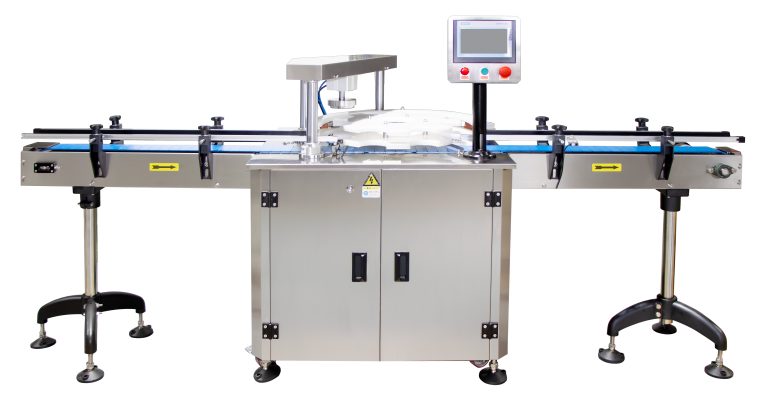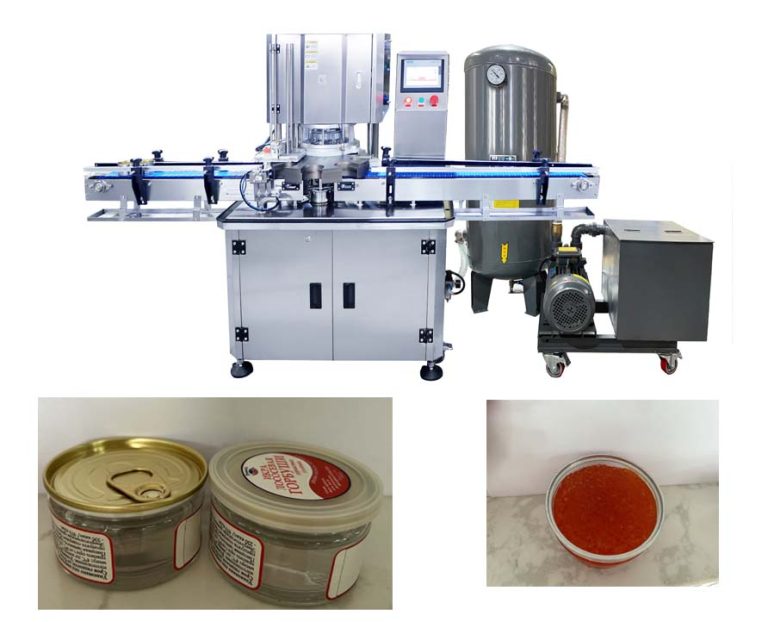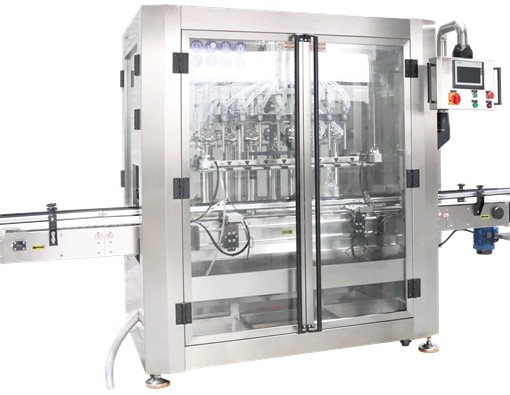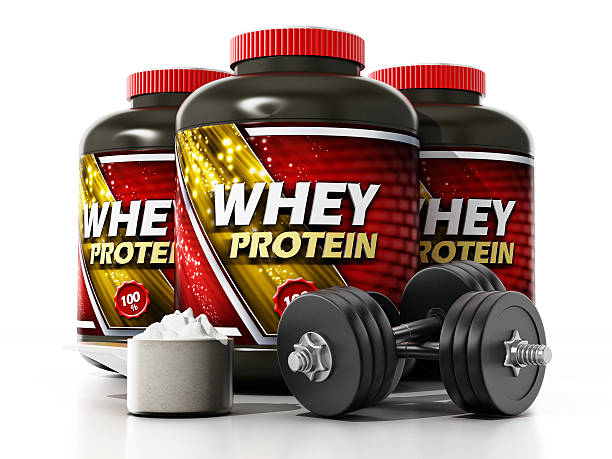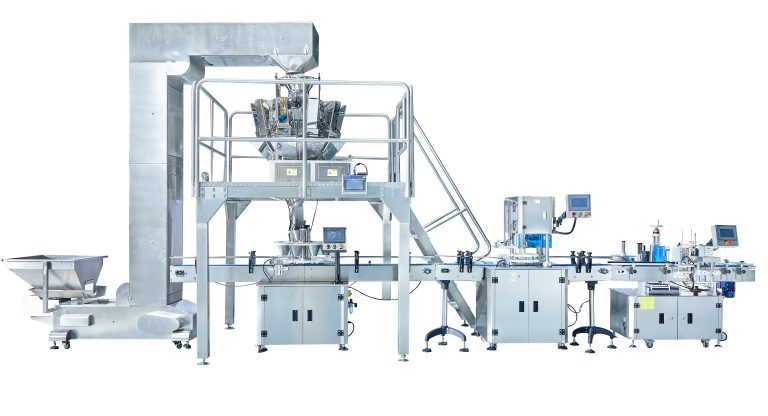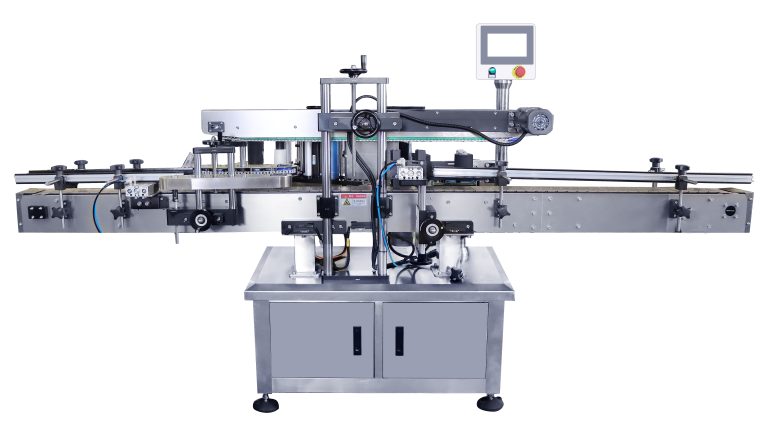Pros and Cons of Powder Filling Machines
When it comes to packaging products, choosing the right filling machine is crucial to ensure efficiency and accuracy. Two common types of filling machines are powder filling machines and liquid filling machines. Each type has its own set of pros and cons that should be considered before making a decision.
Powder filling machines are designed to accurately fill containers with dry powders or granules. These machines are commonly used in industries such as pharmaceuticals, food, and cosmetics. One of the main advantages of powder filling machines is their versatility. They can handle a wide range of powders, from fine powders to granular materials, making them suitable for a variety of products.
Another advantage of powder filling machines is their high filling accuracy. These machines are equipped with precision dosing systems that ensure consistent filling levels, reducing product waste and ensuring product quality. Additionally, powder filling machines are relatively easy to clean and maintain, making them a cost-effective option for businesses.
However, there are also some drawbacks to using powder filling machines. One of the main disadvantages is the potential for dust generation during the filling process. This can be a safety hazard for workers and can also lead to product contamination. To mitigate this risk, businesses may need to invest in additional dust control measures, such as dust collection systems.
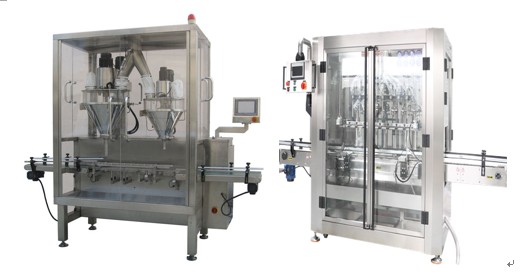
Liquid filling machines, on the other hand, are designed to accurately fill containers with liquid products. These machines are commonly used in industries such as beverages, pharmaceuticals, and personal care products. One of the main advantages of liquid filling machines is their speed. These machines can fill containers quickly and efficiently, making them ideal for high-volume production.
Another advantage of liquid filling machines is their ability to handle a wide range of liquid viscosities. Whether the product is thin and watery or thick and viscous, liquid filling machines can be adjusted to accommodate different types of liquids. This versatility makes them a popular choice for businesses with diverse product lines.
However, there are also some drawbacks to using liquid filling machines. One of the main disadvantages is the potential for product spillage or leakage during the filling process. This can lead to product waste and contamination, as well as safety hazards for workers. To prevent these issues, businesses may need to invest in additional spill containment measures.
In conclusion, both powder filling machines and liquid filling machines have their own set of pros and cons that should be carefully considered before making a decision. Powder filling machines offer high filling accuracy and versatility, while liquid filling machines offer speed and viscosity flexibility. Ultimately, the choice between the two types of filling machines will depend on the specific needs and requirements of the business.

